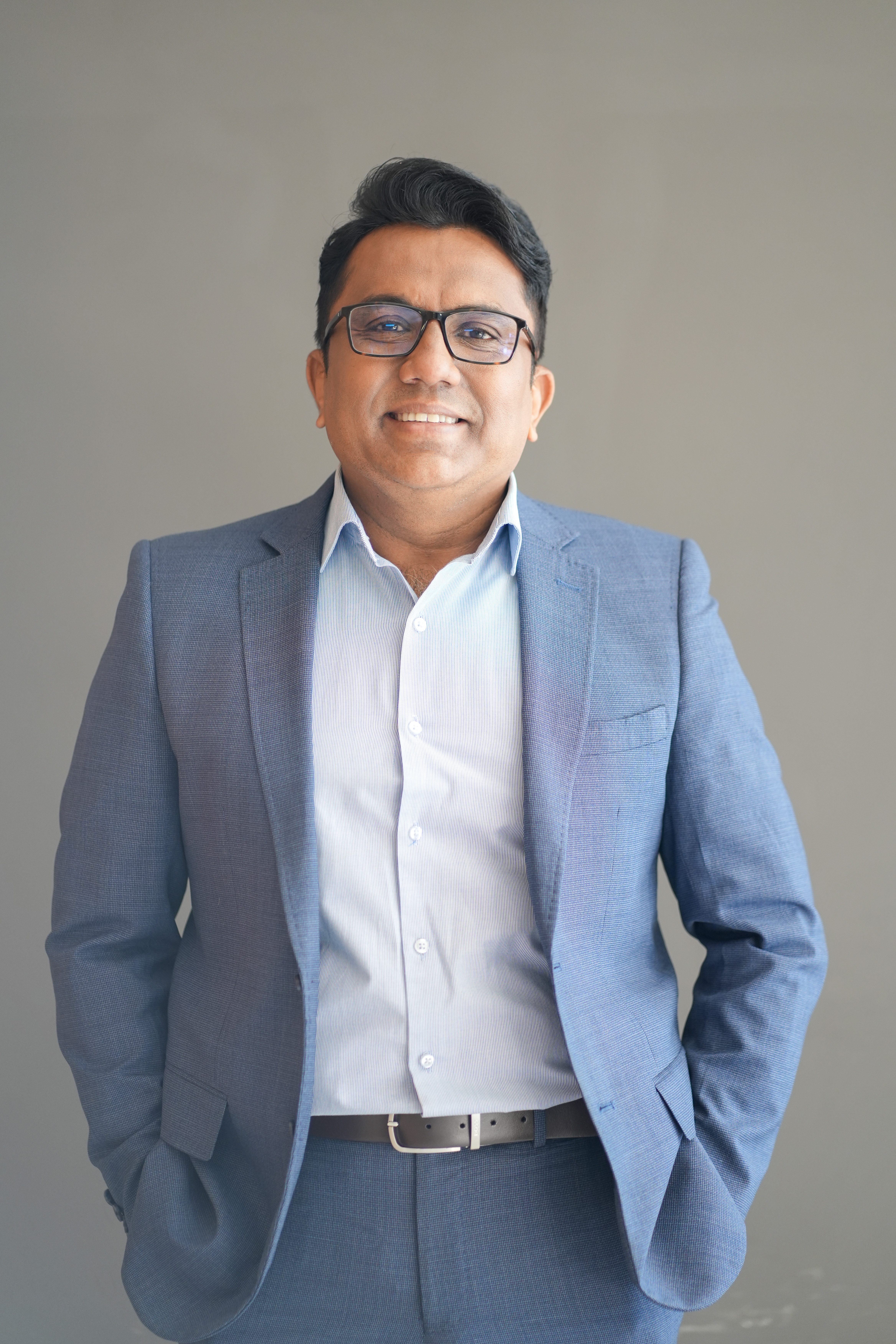FACELIFT
Turn back time with timeless precision.
“A facelift is not about looking different — it's about looking like yourself, ten years ago. It's one of the few procedures where results last over a decade and still look natural. I consider it a reset button on ageing.”
What is a Facelift?
“After years of operating on the head and neck, I’ve developed an eye for facial harmony. A facelift isn’t just about pulling skin — it’s about resetting the clock with grace and preserving what makes your face uniquely yours.”
A facelift (rhytidectomy) is a surgical procedure that lifts and tightens sagging facial tissues caused by age, sun damage, gravity, or genetics. It focuses on rejuvenating the midface, jawline, and neck to restore youthful definition and firmness. Facelift does not change your features — it refines them. The result is a refreshed version of you, not a different one.
Facelift and neck lift are reliable and are a safe way of rejuvenating ageing face. Dr Mahadik believes that a good operation should reset your age clock by 10- 15 years as it dramatically improves the skin texture and radiance. If possible every woman should have a facelift at some stage after 50.
A MINI FACELIFT is a less invasive variation of the traditional facelift, ideal for individuals experiencing mild to moderate signs of ageing, such as early jowls or subtle skin laxity. With smaller incisions and shorter recovery time, it’s an excellent option for patients who want noticeable improvement without extensive downtime.
Dr Mahadik's
Transformation Gallery
BENEFITS OF A FACELIFT
Facelift surgery offers more than just aesthetic improvement — it restores confidence, balance, and a youthful vibrance to your appearance. By tightening sagging tissues and redefining facial contours, this procedure targets the areas most affected by age. You’ll still look like yourself — just refreshed, rejuvenated, and naturally younger.
- Reverses signs of ageing by 10–15 years
- Defines the jawline and neck area
- Reduces sagging jowls and deep folds
- Enhances facial contours and balance
- Boosts confidence and self-image
- Long-lasting results with minimal scarring
- Can be combined with other procedures for a full facial rejuvenation
TYPES & VARIATIONS OF A FACELIFT
Not all faces age the same — and not all facelifts should be the same either. Whether you're noticing early signs of ageing or seeking comprehensive rejuvenation, there’s a tailored approach for you. Learn the different types of facelifts we offer and how they can be customized to your facial anatomy and goals.
Aesthetic surgeons often divide the face into 3 sections:
- Upper: forehead, brows, and the eyes
- Middle: lower lid, cheeks, and the nose
- Lower: lips, chin, and jowls
Facelift is a technique that rejuvenates the middle and lower third of the face along with the neck in one stage. Depending on how much of a lift is needed, there are 2 different procedures to choose from:
Full Facelift
A comprehensive surgical procedure addressing significant facial aging.
Full Facelift involves:
- Lifting and repositioning deeper facial layers
- Removing excess skin
- Restoring definition to lower face
- Ideal for ages 40–70
Comprehensive rejuvenation with transformative results.
Short Scar Lift
A less invasive option for early signs of aging.
Short Scar Lift includes:
- Shorter incisions around ears
- Tightening mid-face
- Minimal downtime
- Ideal for ages 35–55
Subtle rejuvenation with natural results.
YOUR FACELIFT PROCEDURE
Before your surgery, Dr. Parag Mahadik will provide clear, personalized pre-operative instructions to help you prepare. These may include adjusting current medications, avoiding certain supplements that increase the risk of bruising or bleeding, and strictly stopping smoking, as it can impact healing. Since the procedure is performed under general anesthesia, you’ll be comfortably asleep throughout the surgery, and should arrange for a trusted friend or family member to accompany you home post-operatively.
RECOVERY PROCESS
Recovery is a crucial phase in your facelift journey. While modern techniques have minimized downtime, it’s important to understand the healing timeline, what sensations to expect, and how to optimize your results. This section walks you through each stage of the recovery and the support you’ll receive along the way.
Your recovery after a facelift will depend on the extent of the procedure and your body’s natural healing response. Dr. Parag Mahadik will provide you with detailed post-operative care instructions, including prescriptions for pain relief and antibiotics, if required, and guidance on managing swelling and healing. Your face will be gently wrapped in dressings or compression bandages to reduce swelling and support the new facial contours — and while it's tempting to check results early, it’s important not to remove or disturb these unless advised.

YOUR FACELIFT RESULTS
Your transformation won’t scream “surgery” — it will simply reflect a more vibrant version of you, with renewed confidence that shines through.
Facelift results are designed to be natural, not obvious — you’ll look like yourself, only refreshed, more youthful, and well-rested. Once the swelling and bruising subside, you’ll begin to see smoother contours, lifted features, and improved definition along the jawline and neck. While early improvements become visible in a few weeks, your final results will fully settle within 3 to 6 months, as your tissues heal, and scars mature.
A well-executed facelift can take 10 to 15 years off your appearance, with results that last for a decade or longer, especially when combined with good skincare, a healthy lifestyle, and sun protection. Because Dr. Mahadik’s techniques focus on deep tissue repositioning rather than just surface tightening, the outcomes are longer-lasting and more stable over time.
As with any surgical procedure, facelifts do carry some risks and potential complications. These may include bleeding, infection, delayed healing, scarring, asymmetry, skin numbness, or changes in sensation. Rarely, nerve injury can occur. Dr. Mahadik takes every precaution to minimize these risks, and all potential complications will be discussed transparently during your consultation to ensure you are fully informed before proceeding
Frequently Asked Questions
Find answers to the most common questions about our services and features.

Thanks, we have received your enquiry and we will get back to you.














